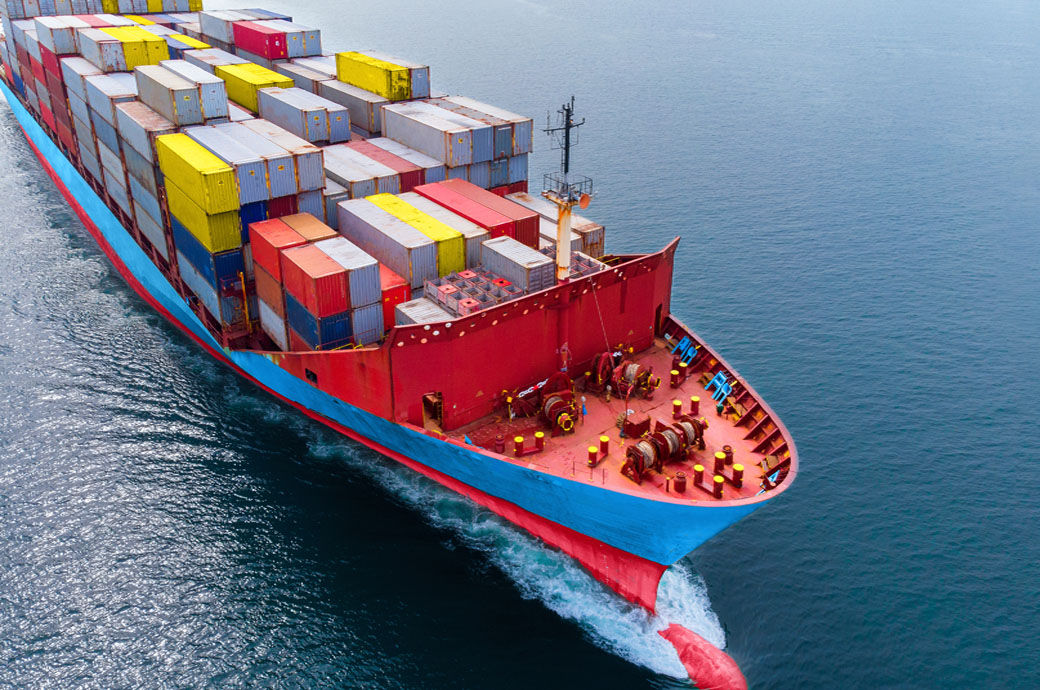
Implementing these measures would raise shipping costs by 6-14 per cent on an average relative to business as usual (BAU), it noted.
As an input for the negotiations on the revision of the initial International Maritime Organisation (IMO) strategy on the reduction of GHG emissions from ships, CE Delft analysed the maximum technical abatement potential for international shipping by 2030.
The maximum technical abatement potential is defined as the emission reduction that could be realised if all ships in the world fleet would use all technical and operational abatement options suggested by CE Delft.
The maximum technical abatement potential amounts to nearly 175–350 Mt CO2e on a well-to-wheel (WtW) basis per annum, depending on the BAU emissions in 2030, it said.
When introduced gradually from 2025, the measures could avoid cumulative emissions of 500-1,000 Mt CO2e.
About half of the emission reductions result from lower speeds and other operational measures, a quarter from wind-assisted propulsion and other technical measures and another quarter from using zero and near-zero-GHG fuels, the report commented.
The report, titled ‘Shipping GHG emissions 2030: Analysis of the maximum technical abatement potential’, was partially funded by the Umweltbundesamt, the German environmental agency.
Fibre2Fashion News Desk (DS)